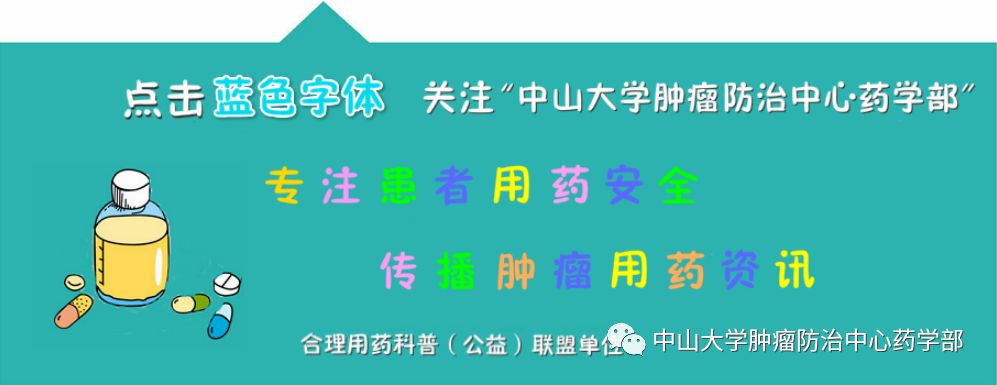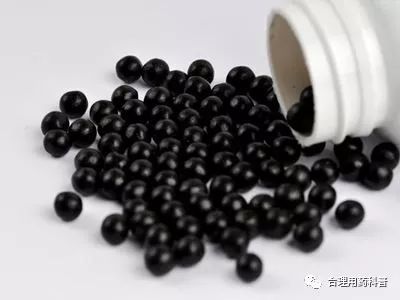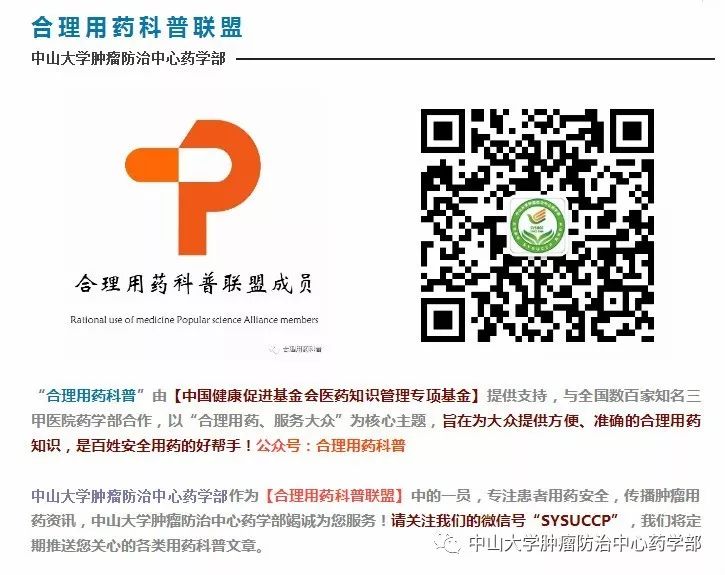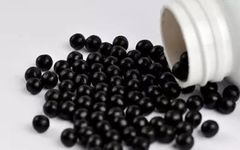
Pills refer to spherical preparations made from finely powdered medicinal materials or extracts combined with suitable binders. Pills are one of the main traditional forms of Chinese patent medicine, classified as the foremost among “pills, powders, pastes, and elixirs.” Pills can be divided into seven categories: water pills, honey pills, water-honey pills, paste pills, wax pills, concentrated pills, and drop pills.
Today, we will discuss honey pills in Traditional Chinese Medicine (TCM). Honey pills can be categorized into large honey pills and small honey pills. Common large honey pills include: Da Shan Zha Wan (大山楂丸, Large Hawthorn Pill), An Gong Niu Huang Wan (安宫牛黄丸, Calm the Palace Pill), Wu Ji Bai Feng Wan (乌鸡白凤丸, Black-Bone Silkie Chicken Pill), and Niu Huang Qing Xin Wan (牛黄清心丸, Bovine Gallbladder Heart-Soothing Pill). Common small honey pills include: Shi Quan Da Bu Wan (十全大补丸, Ten Complete Great Tonifying Pill), Tian Wang Bu Xin Wan (天王补心丸, Heavenly Emperor Heart-Tonifying Pill), and Gui Pi Wan (归脾丸, Return the Spleen Pill). The same TCM pill may have multiple forms due to the characteristics of the medicine and different preparation methods; for example, Wu Ji Bai Feng Wan is available in large honey pills, small honey pills, and water-honey pills.

What are Honey Pills?1
Honey pills are preparations made from powdered medicinal substances using honey as a binder. Depending on the size and preparation method, they can be classified into large honey pills and small honey pills.
Characteristics of Honey Pills

|
Large Honey Pills |
Small Honey Pills |
|
|
Advantages of Honey Pills |
① Sweet taste, soft texture, slow absorption, gentle effects, convenient to take, suitable for chronic diseases and those needing tonification. ② Tonifying medicines, pediatric medications, and valuable herbs with volatile components are often made into honey pills. ③ Suitable for chronic diseases and those needing tonification. ④ Mostly made from raw powder, suitable for precious raw materials and herbs with difficult-to-extract components, enhancing efficacy. |
|
|
How to Distinguish |
Each pill weighs over 0.5 grams (including 0.5 grams), generally weighing 3g, 6g, or 9g each. |
Each pill weighs less than 0.5 grams, generally 100 pills weigh 9g. |
|
Disadvantages of Honey Pills |
Large honey pills have a large dosage per pill, making them cumbersome to take. |
Small honey pills have a small dosage per pill, requiring a larger quantity to be taken at once. |

How to Take Them Correctly?2
1. Taking Large Honey Pills:
① Before taking, remove the outer shell (wax shell, plastic shell, paper shell); if wrapped in glass paper, it must also be removed; if in plastic packaging, simply tear it off.
② Place the large honey pill directly in the mouth and chew it finely, swallowing with warm water. Alternatively, cut it into smaller pieces and swallow (can be rolled into small pills by hand), then swallow with warm water.
③ For those with poor gastrointestinal absorption or difficulty swallowing, place the large honey pill in a small bowl, add an appropriate amount of warm water to make a paste, and consume the residue along with the paste.
④ Depending on the condition, choose to take with reed root water, ginger water, or brown sugar water; avoid taking with tea, coffee, or dairy products.
⑤ If the large honey pill becomes wrinkled or cracked due to high temperature or excessive dryness during storage, or if it becomes moldy or infested with insects or rodents, do not consume it.
2. Taking Small Honey Pills:
① Dosage is usually expressed in grams (g); before taking, carefully calculate the dosage to avoid loss or error.
② Swallow with warm water or, depending on the condition, choose reed root water or ginger water; avoid taking with tea, coffee, or dairy products.
③ Small honey pills may crack due to high temperatures during storage or clump together if damp; if this occurs, do not consume.
3. Precautions for Taking Honey Pills:
① Avoid cold, raw, and hard-to-digest foods.
② Avoid drinking tea during medication; do not take during colds or fevers.
③ Children must use under adult supervision.
④ Follow the prescribed dosage; for long-term use, consult a physician.

Author: Zhao Qiansi (Jingmen Traditional Chinese Medicine Hospital)


